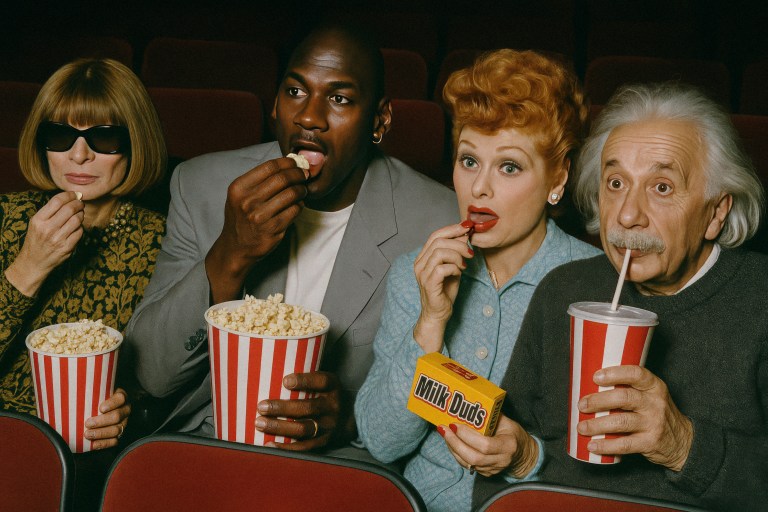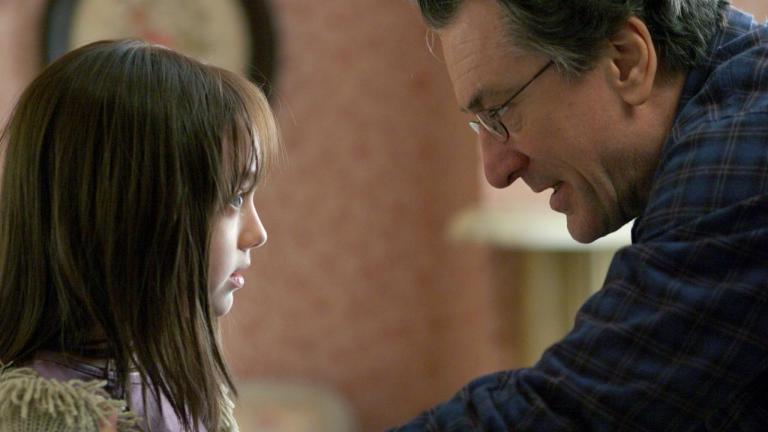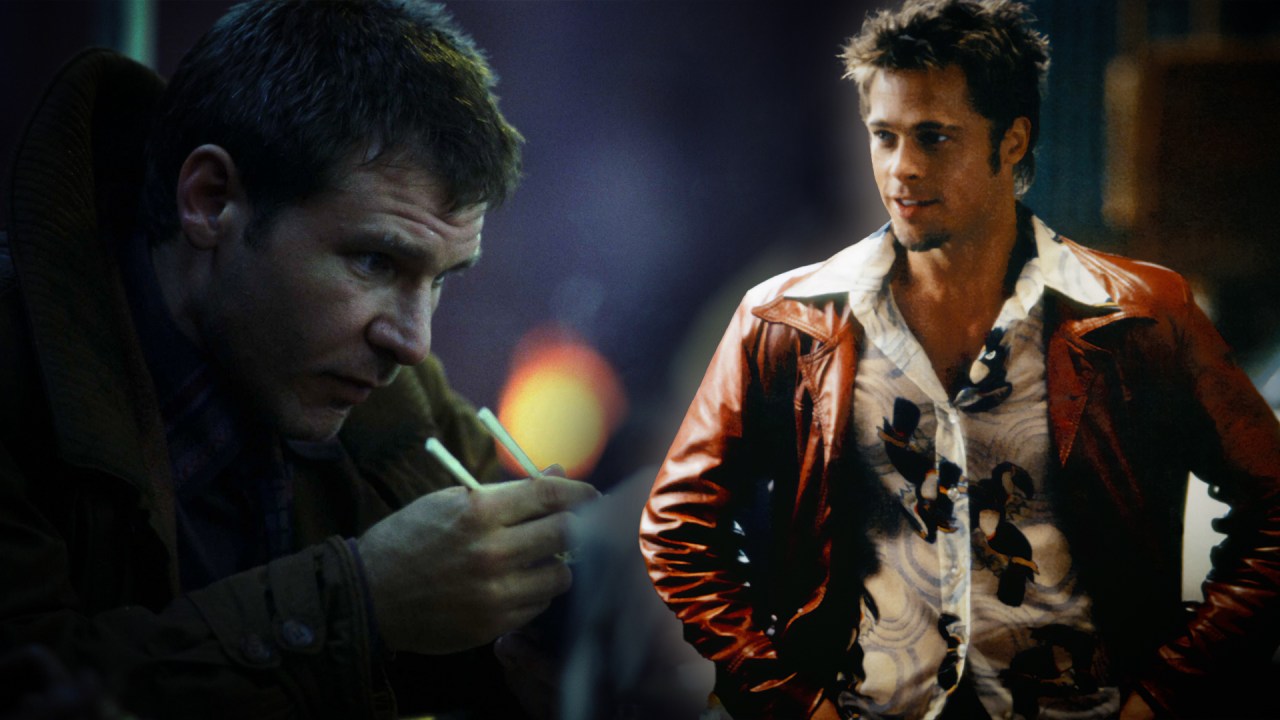
6 Famous Films That Were Surprising Box Office Bombs
You'd never guess that these well-loved movies were actually total box office bombs.
In Hollywood, money makes the world go round, but that doesn’t mean that a film that bombs at the box office is any less good than others.
In days gone by, no one cared about how much money a film ever made except for the studio executives and accountants. Nowadays, though, people use it as a measuring stick of sorts, using box-office bombs or successes to win pointless internet arguments with strangers. Yet, take a fantastic and inspiring movie like Furiosa: A Mad Max Saga as an example. It failed to make back its budget of $168 million, but that says nothing about its quality. Sometimes, it just happens that people only latch onto a motion picture long after its release. In fact, some of the most famous films of all time were box-office bombs. Don’t believe this? Fine. Let’s take a closer look!
Fight Club (1999)
Chuck Palahniuk’s novels aren’t everyone’s cup of bourbon, as the author pushes buttons with his provocative work. However, with David Fincher helming the film adaptation of Fight Club and having stars like Edward Norton and Brad Pitt on board, much was expected of this 1999 film about a narrator and his violent imaginary friend who encourages him to create chaos in an effort to fight the system.
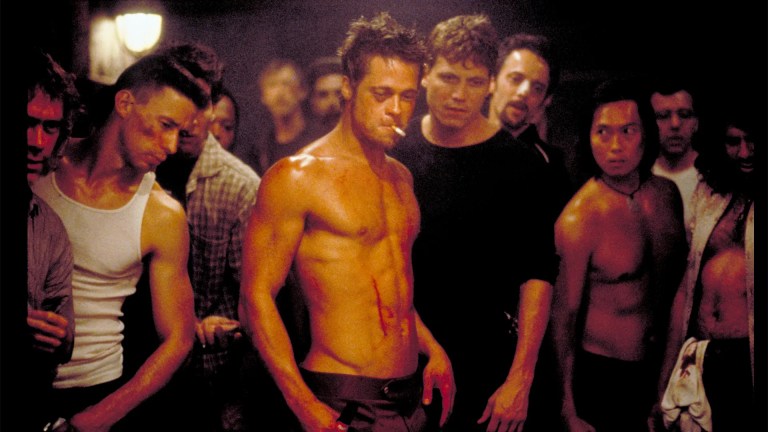
While far from receiving a pummeling at the box office, Fight Club struggled to meet expectations, only making $100.9 million globally from its $63 million budget. The basic mathematics suggest that’s all good and dandy since the return is higher than the budget, right? But that’s not how showbiz works, baby. The general rule of thumb to calculate profit in studio productions is to take the budget and times it by two. If the box office earnings prove to be higher, great. If not, I am Jack’s smirking revenge against capitalism.
Blade Runner (1982)
Based on Philip K. Dick’s phenomenally titled Do Androids Dream of Electric Sheep?, Ridley Scott’s Blade Runner, starring Harrison Ford as Rick Deckard, remains cherished as one of the finest sci-fi and cyberpunk films of all time – even if multiple versions and cuts exist that make it impossible to keep track of which is which. Remarkably, it’s also a movie that’s gotten better over time, as everyone analyzes its core meaning about what it means to be human and remembers Roy Batty’s evocative “tears in rain” monologue.
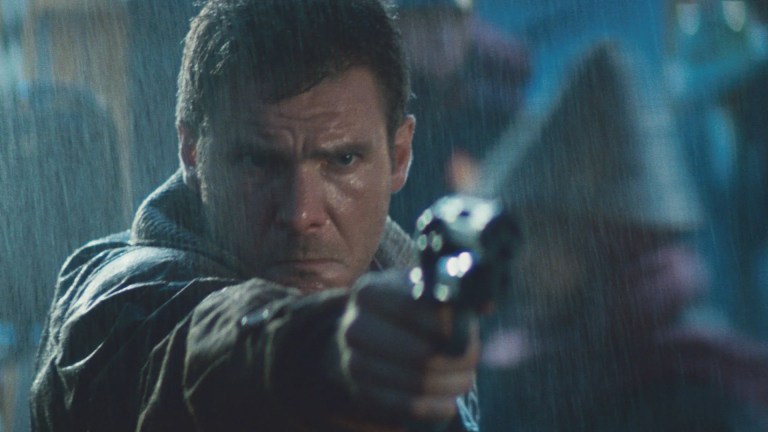
The 1982 film didn’t exactly delight critics or flood the box office with stacks of cash when it debuted, though. Blade Runner cost a reported $30 million to make, but it only made $41.8 million around the world after several re-releases. For whatever reason, the audience didn’t want to show up for this epic, even when presented with multiple opportunities to right the wrongs of before. Shameful.
Scott Pilgrim vs. the World (2010)
As the golden age of comic book movies started to bloom, a unique effort based on a graphic novel by Bryan Lee O’Malley landed in 2010. Edgar Wright’s Scott Pilgrim vs. the World fused comedy with superheroics, telling the quirky story of musician Scott Pilgrim as he tries to win a battle of the bands with his group Sex Bob-Omb and fights off the seven exes of his love interest Ramona Flowers.
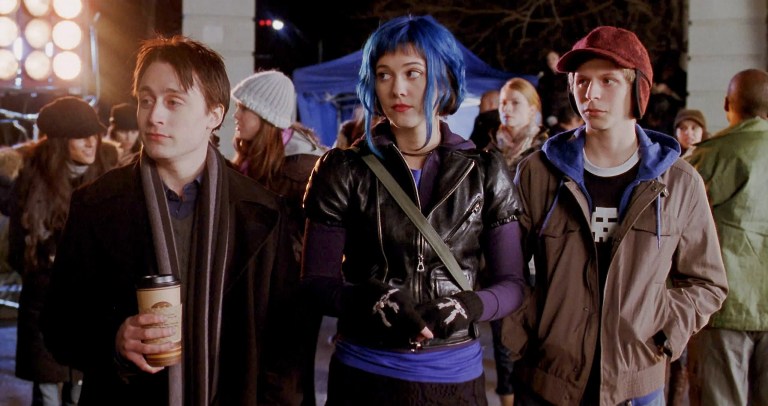
With its unique visual aesthetic and an all-star cast featuring Michael Cera, Mary Elizabeth Winstead, Chris Evans, and Brandon Routh, Scott Pilgrim vs. the World couldn’t be a better example of right place, right time. Somehow, it wasn’t, as Scott’s greatest nemesis ended up being the box office. The film cost $85 million to produce but struggled to make back $50 million worldwide.
The Iron Giant (1999)
When it comes to animated films that make everyone cry, Brad Bird’s The Iron Giant is right up there with The Lion King and Bambi. Taking place in the 1950s, it follows young boy Hogarth Hughes who befriends a giant robot from outer space; however, a suspicious federal agent believes the robot comes from enemy territories and wants to destroy it. Ultimately, The Iron Giant delights as a touching story that isn’t afraid to be deeper than the average cartoon.
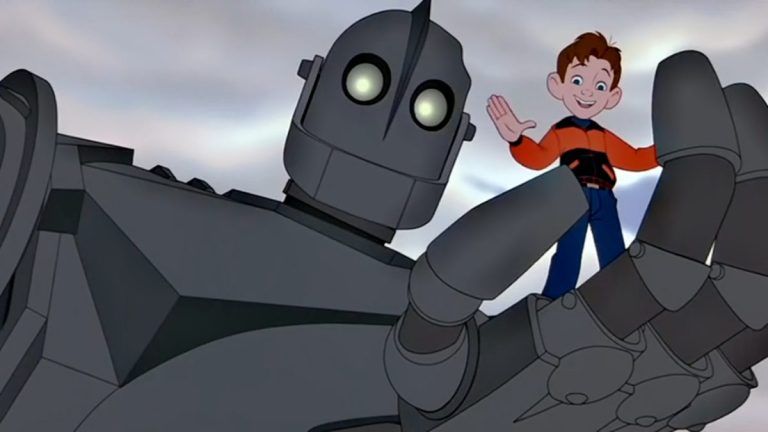
Despite phenomenal reviews, the 1999 film struggled to lure the audience into theaters, as it only managed to muster $31.3 million worldwide from a $50 million budget. Its greatest sin? It was released in the same week as M. Night Shyamalan’s The Sixth Sense, which garnered all the attention at the time and had everyone saying they see dead people.
Big Trouble in Little China (1986)
John Carpenter loves teaming up with Kurt Russell, and the pair combined their powers for 1986’s Big Trouble in Little China – a fantastical martial arts movie that sees truck driver Jack Burton explore a mystical new world under Chinatown. It’s a quintessential film for ’80s action fans, and also the type of concept that wouldn’t have felt out of place in an era that was all about mullets, martial arts, and mayhem.
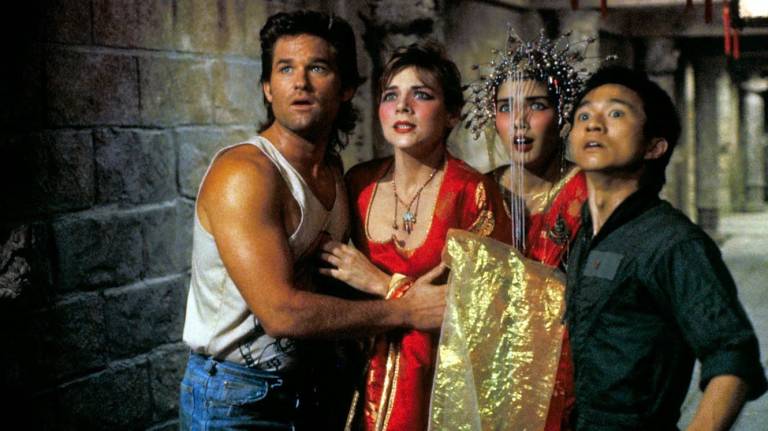
Russell’s star power and Carpenter’s reputation weren’t enough to sell tickets, though, as Big Trouble in Little China only made $11.1 million globally from a budget reportedly in the region between $19-25 million. Even so, it left its mark on fans, including one Dwayne “The Rock” Johnson who was in talks of cooking up a sequel to the film in 2018.
The Shawshank Redemption (1994)
Despite Stephen King’s undoubted horror sensibilities, he’s also an exceptional storyteller across multiple genres. In 1994, filmmaker Frank Darabont took one of his tales and turned it into The Shawshank Redemption. It’s the kind of film that makes people laugh, cry, and appreciate the power of the human spirit as it follows Andy Dufresne who lands up in prison for the murder of his wife and her lover, even though he proclaims his innocence. As testament to its quality, the film received a litany of Academy Award nominations in the major categories.
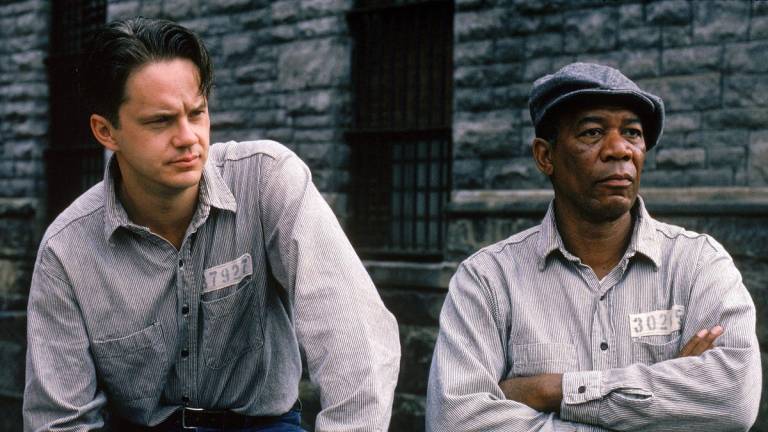
However, the film bombed at the box office initially, as it struggled to make $30 million worldwide from a $25 million budget. The setback didn’t stop The Shawshank Redemption from establishing a legacy among film lovers, though, as its re-release after the Oscar hype resulted in more millions being added to the theatrical haul and it affirmed itself as a must-watch movie on VHS in the ’90s. Turns out Andy was right: “Hope is a good thing, maybe the best of things, and no good thing ever dies.”

